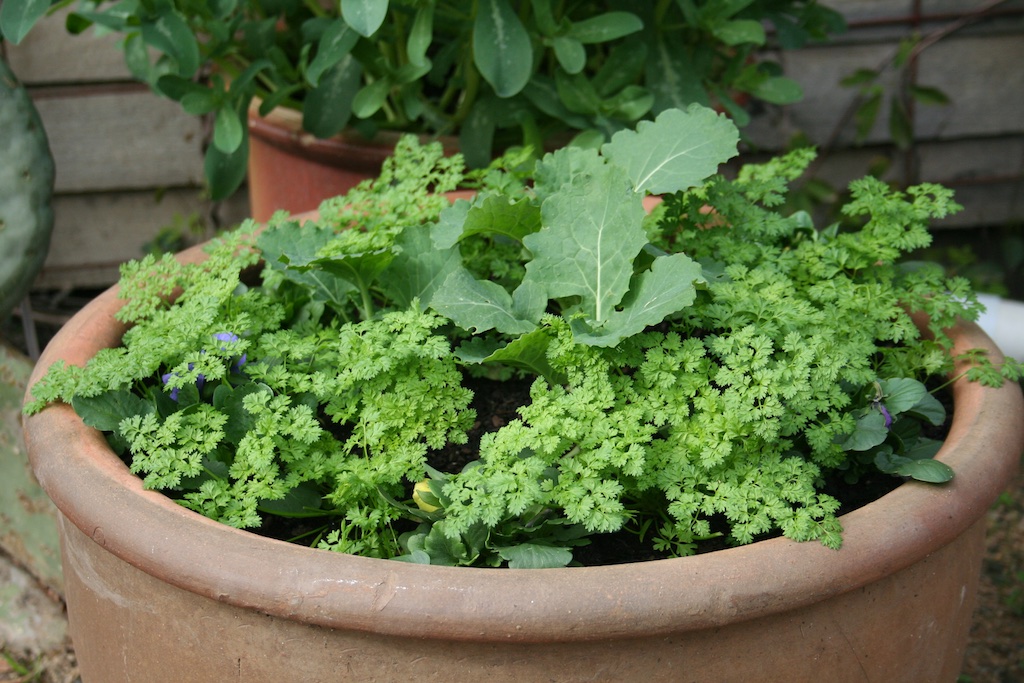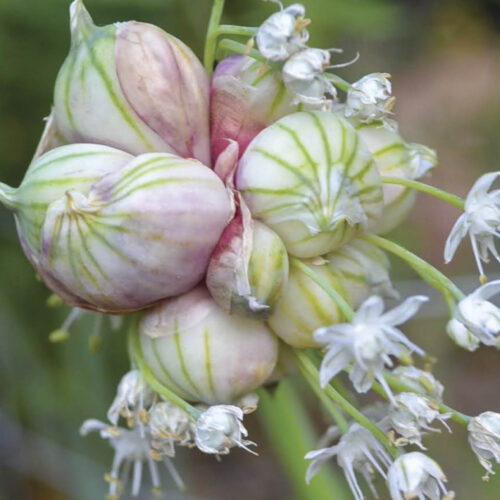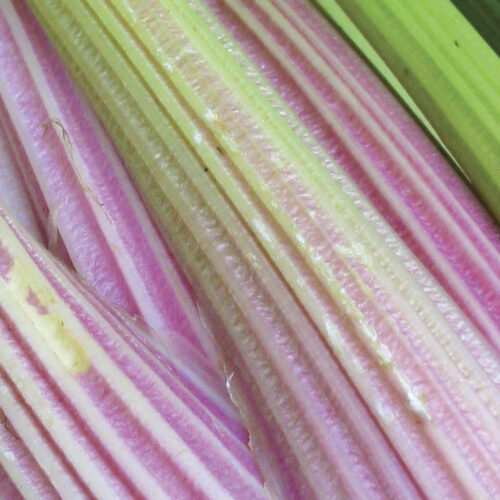Subtle, charming chervil
2018-04-26T00:00:55+10:00
A basket of chervil seeds was found in Tutankhamun’s tomb, says Penny Woodward.
A basket of chervil seeds was found in Tutankhamun’s tomb, and the early Romans carried seeds with them to the countries they conquered. For a herb with such a long history, it is not as often discussed or used today. But it should be. With its evanescent, subtle anise aroma and flavour, it’s an important ingredient in several dishes and herb mixes. These days, chervil is probably more commonly used in France than anywhere else, and its Arabic name baqdunis afrangi, means French parsley.
If you haven’t planted your chervil yet, now is a good time to do so. Chervil, Anthriscus cerefolium, is a soft, tender annual herb with dainty, bright green, fern-like leaves and tiny white flowers in umbrella-shaped heads. Flowers are followed by long thin black seeds. The leaves have a sweet anise flavour. Plants grow to about 40cm high and 30cm across and you can start harvesting leaves about five weeks after sowing seed. Like other plants in the Umbelliferae family, chervil flowers are a beneficial insect magnet.
Chervil thrives in cooler climates and prefers a semi-shaded spot. In our hot summer climates it is best planted in Autumn so it can be picked right through winter and into spring. Give plants a position in humus-rich soil with plenty of water during hot, dry weather. Under a deciduous trees is good, because it will get shade in summer but sun in winter. If you are worried about it having to compete with the tree for nutrients, then plant it in a pot. Chervil does not like to be transplanted so plant seed sown where it is to grow in autumn or early spring. In humid regions plant in autumn only. Seed must be fresh as it doesn’t doesn’t stay fertile for long. Also, soil needs to be kept moist but not too wet. Leaves turn red and plants can die when they get too much sun or dry out.
Chervil will also grow happily inside on a windowsill that only gets morning sun. Plants last for many months before reaching the end of their annual life cycle and die. But if the plants flower and set seed, then you can just replant and start all over again.
Inside or out, once you’ve got used to using chervil, you’ll probably want to grow it all year round, so sow seeds every couple of months to ensure a regular supply.
The subtle anise flavour combines beautifully with chives, parsley and tarragon to make the classic French combination known as fines herbes. This is used with sauces, eggs and grilled meat and fish. Combined with chives, shallots and tarragon, it’s an essential ingredient of ravigote, a finely chopped herb blend used as the basis for herb butter, or to add piquancy to sauces. But chervil’s also delicious on its own added to an omelette or stirred into ricotta cheese and eaten on a biscuit. Any bland or subtle-flavoured foods will benefit from a sprinkling of chervil. Try it with grilled or poached fish, creamy soups and sauces, salads, steamed vegies and potatoes.






